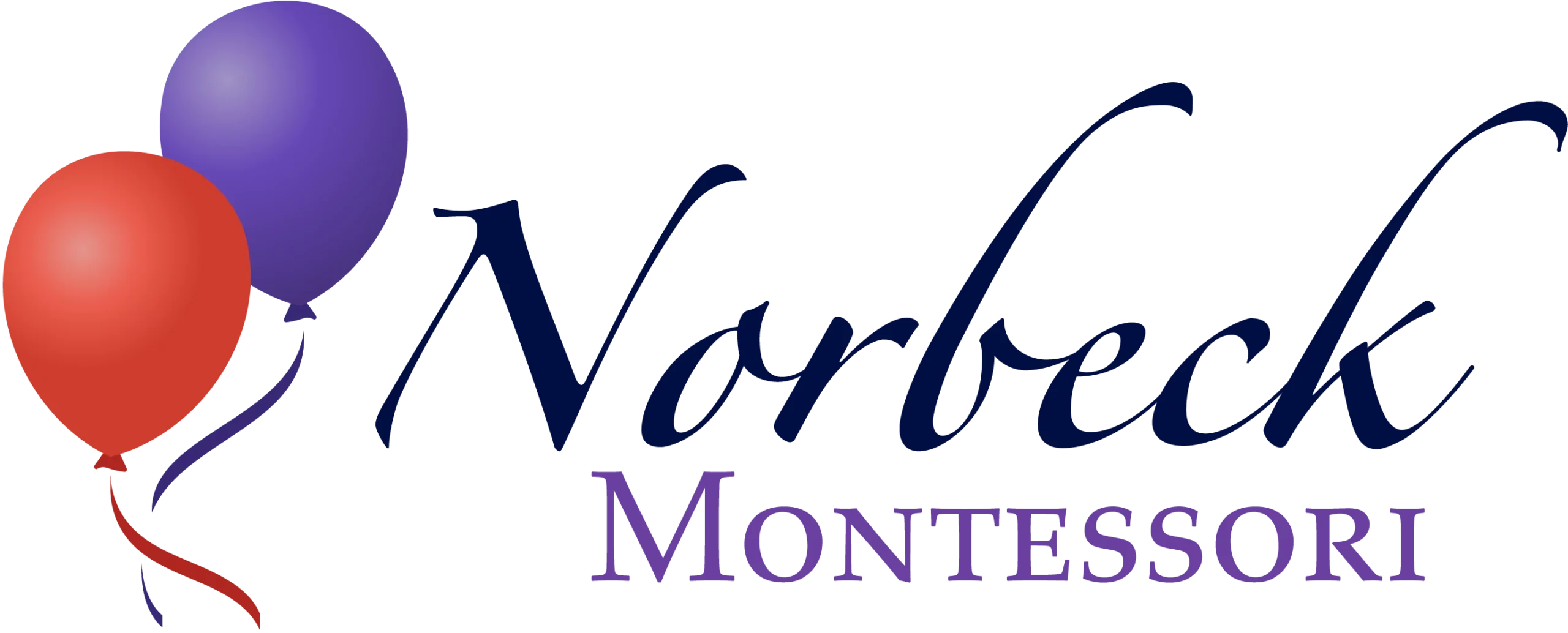
Parents have often inquired, “what exactly is a Montessori sensorial lesson?” The purpose of sensorial activities is to help the child in their effort(s) to sort out the different impressions given by the senses. These materials are specifically designed to help the child develop discrimination, order, and to broaden and refine the senses.
So let’s dive right into outlining its definition, purpose and ways to reinforce some of the things learned in the classroom to the home setting. The sensorial area in a Montessori classroom focuses on lessons and activities that help develop the five senses: seeing, hearing, touching, tasting and smelling. The lessons and activities provided in the sensorial area of the classroom help children clarify, classify and understand the world around them.
The sensorial materials are designed with built-in feedback to control errors aimed to show when a mistake has been made. Children are encouraged to be independent of oversight which develops their self-confidence and incentive to practice and improve. A child’s sense perception(s) will become structured and capable of comprehending abstract concepts through experiencing the Sensorial lessons. The sensorial area is divided into six categories: size, form, color, tactile, gustatory, olfactory, and auditory.
The following is a list of a few of the lessons found under each respective categories:
Size:
- Pink Tower
- Brown Stairs
- Knobbed Cylinders
- Knobless Cylinders
- Red Rods
Lessons within the size category help develop the child’s discrimination of differences in size, and weight. These lessons prepare the children for mathematics – counting numbers, composing numbers, and measuring quantity. By working from left to right and up and down, the children prepare reading and writing. Finally, the children develop coordination, concentration, order and most importantly independence.
Form:
- Geometric Solids & Bases
- Constructive Triangles
- Blue Triangle Box
- Rectangle Box
- Triangle Box
- Large Hexagon Box
- Small Hexagon Box
- Binomial Cube
- Trinomial Cube
Geometric lessons help develop the child’s visual discrimination in shape and form. Additionally, a child develops the ability to observe progression from concrete to more abstract forms, all while the child learns the various figures. Indirectly, these lessons prepare the child for writing.
Color:
- Primary Colors Box
- Primary Colors Box 2
- Secondary Color Wheel
- Value (Black, White, Gray) Color Tablets
- Mixing Black and White
- Color Gradation Color Box 3
Developing the chromatic senses allows a child to learn perceived differences between primary and secondary, as well as the various gradations of each. The color lessons also aim to develop a child’s ability to recognize similarities and differences in colors and order.
Tactile:
- Mystery Bag
- Matching Mystery Bag
- Rough and Smooth Touch Boards
- Rough and Smooth Touch Tablets
- Fabric Box
- Baric Tablets
- Thermic Bottles
- Thermic Tablets
Through the tactile lessons, a child learns to perceive the world through touch, developing the ability to discriminate between coarse and fine.
Gustatory and Olfactory:
- Tasting Bottles
- Smelling Bottles
Lessons that develop gustatory and olfactory senses allow a child to explore their world through smells and taste.
Most of the lessons found in the Sensorial area of the Montessori classroom can be reinforced through “exploration” at home with your child. For example, when going for a walk, ask your child what the different shapes and colors he/she sees around him/her. Are the objects they are looking at big or small; rough or smooth; good- or bad-smelling; thick or thin; or tall or short? These Sensorial lessons help prepare the child to become a logical, aware, and perceptive individual.
Home Lessons
Drinking Straw Sensory Tub
What you will need:
- several packages of colorful drinking straws
- scissors
- plastic tub
Start off by cutting up the straws into small pieces into 1-2 inch pieces; this is an excellent activity for an older child.
Kids will love playing with the straws, making patterns, and sorting them by color! The older children may attempt to fit the straws inside of themselves, which is a wonderful fine motor exercise!
Shape Exploration for Toddlers
Here’s what you’ll need:
- Two baking sheets to contain the mess
- Playdough
- Kinetic Sand
- Shape cookie cutters
This is a super simple activity to set up and is a great source of entertainment and exploration. To contain the mess, set your two baking sheets side by side, fill one with playdough and kinetic sand on the other side. Give your child the shape cookie cutters and let them go to town exploring their imprints into both of the materials. Be sure to stick close by to not only supervise, but also so that you can reinforce the shape names and talk about various attributes.
